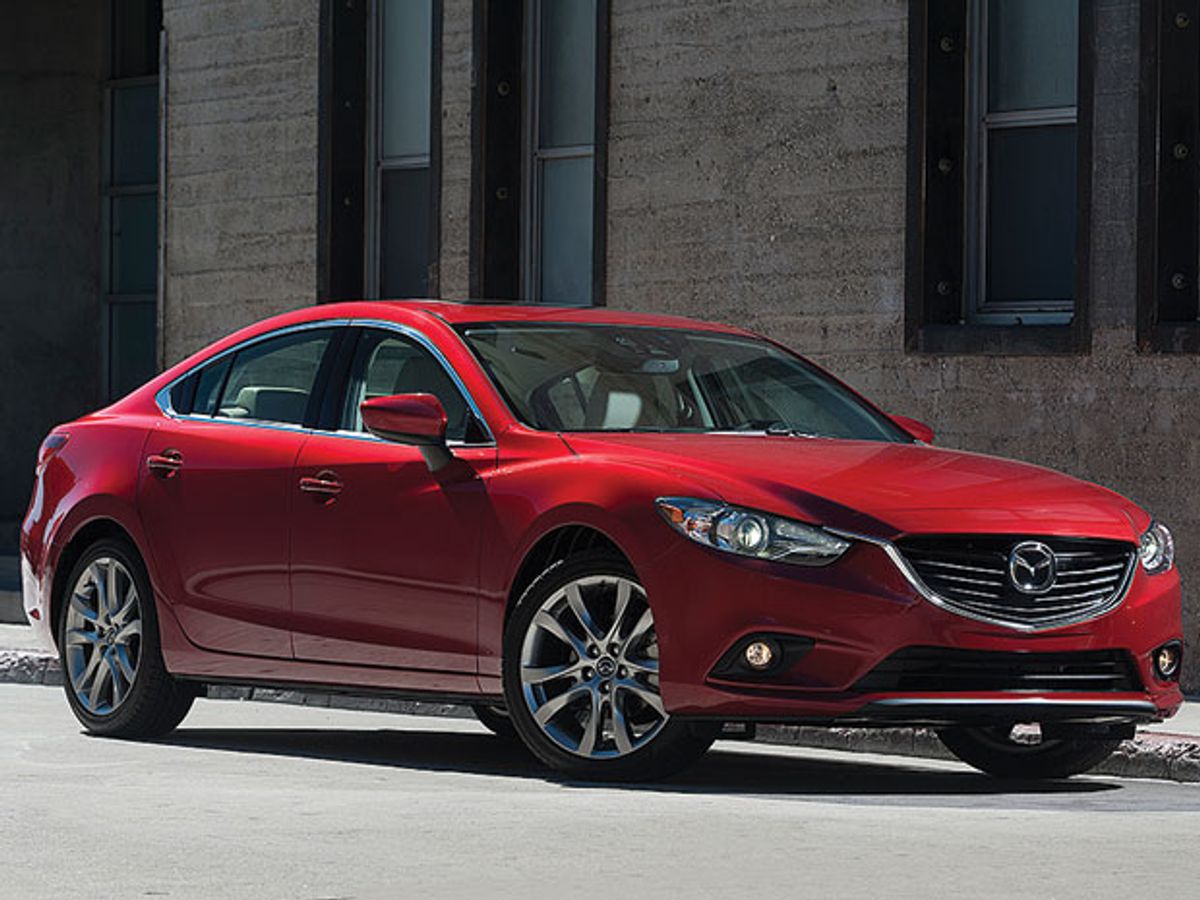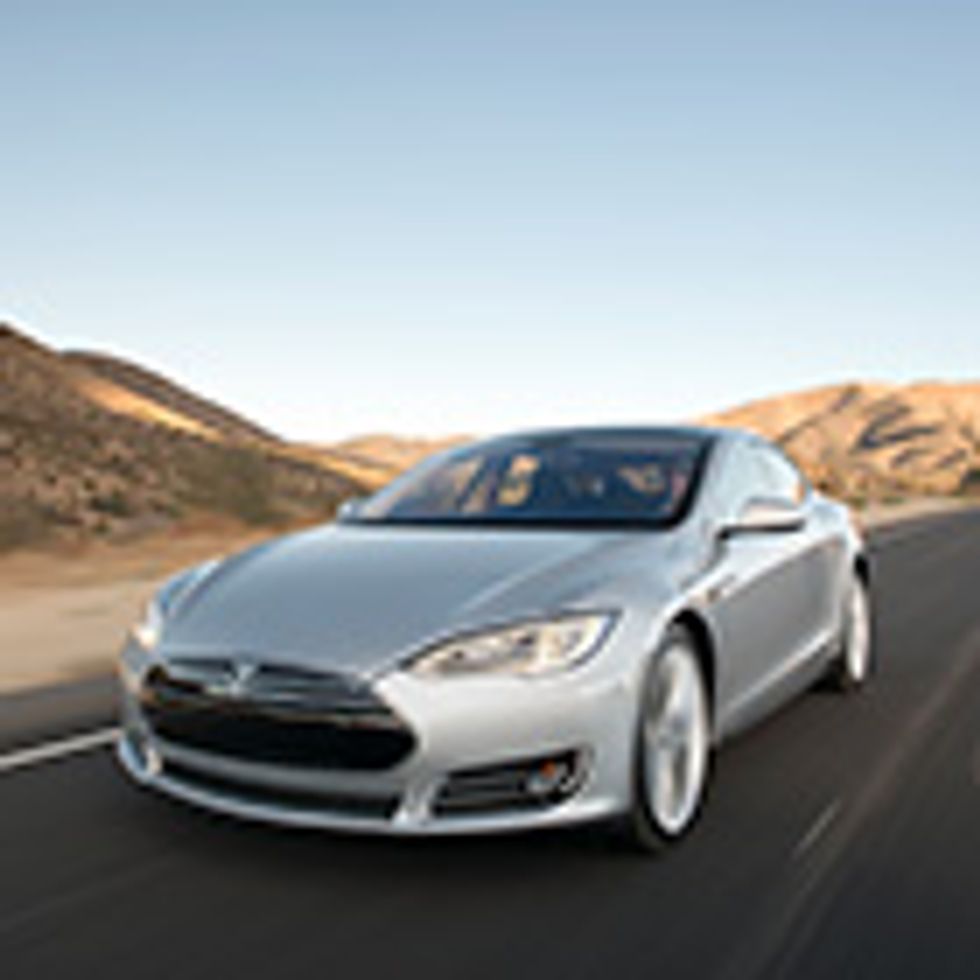Top Tech Cars 2013: Mazda6
Japan unveils the diesel engine with the least compression

For Americans, a diesel engine has specific connotations: a German car, a pickup, or a clunking Oldsmobile from the late 1970s. But with the Yanks finally embracing fuel-saving alternatives, the Mazda6 returns the hug as the first Japanese diesel car ever sold in America. Its 2.5-liter Skyactiv-G gasoline engine already boasts 6.2 liters per 100 kilometers (38 miles per gallon) on the highway. We figure the diesel version will boost highway mileage to roughly 5.3 L/100 km (44 mpg) when it reaches showrooms later this year.
Mazda bills its 2.2-liter beauty as the world’s lowest compression diesel. The benefit? Diesels work by tightly compressing air and fuel inside a cylinder, raising temperatures to ignite fuel without needing a spark. But injecting fuel at the piston’s “top dead center,” or TDC—its tightest-packed, most power-efficient point—produces excess soot and smog-forming nitrogen oxides. Modern diesels trade off some of that efficiency by delaying combustion until the piston begins its descent. But Mazda’s diesel reduces the compression ratio from 16.3:1 to 14:1, allowing injection at TDC and producing both a clean burn and a 20 percent improvement in fuel efficiency.
One reason for the improvement is the two-stage turbocharger system, which operates either a small or a large turbo to improve low-end torque and high-end horsepower. Another is the multihole piezo fuel injectors, which can deliver up to nine injections of fuel per combustion, ensuring cold-start capability—the main problem for any low-compression diesel, given the relatively low temperatures in the cylinders.
The Mazda trims fuel consumption by another 10 percent with i-Eloop, a novel regenerative braking system that stores energy in a highly efficient capacitor. As the Mazda decelerates, a variable voltage alternator charges up the capacitor in seconds. Throw in the hot looks and sporty handling and the 6 is set to combine economy and excitement like few other mainstream sedans.
Price: Undetermined Fuel economy (estimated): 4.4 L/100 km (53 mpg) Power plant: 2.2-L diesel
Tesla Model S
The year’s most significant car just happens to be electric
